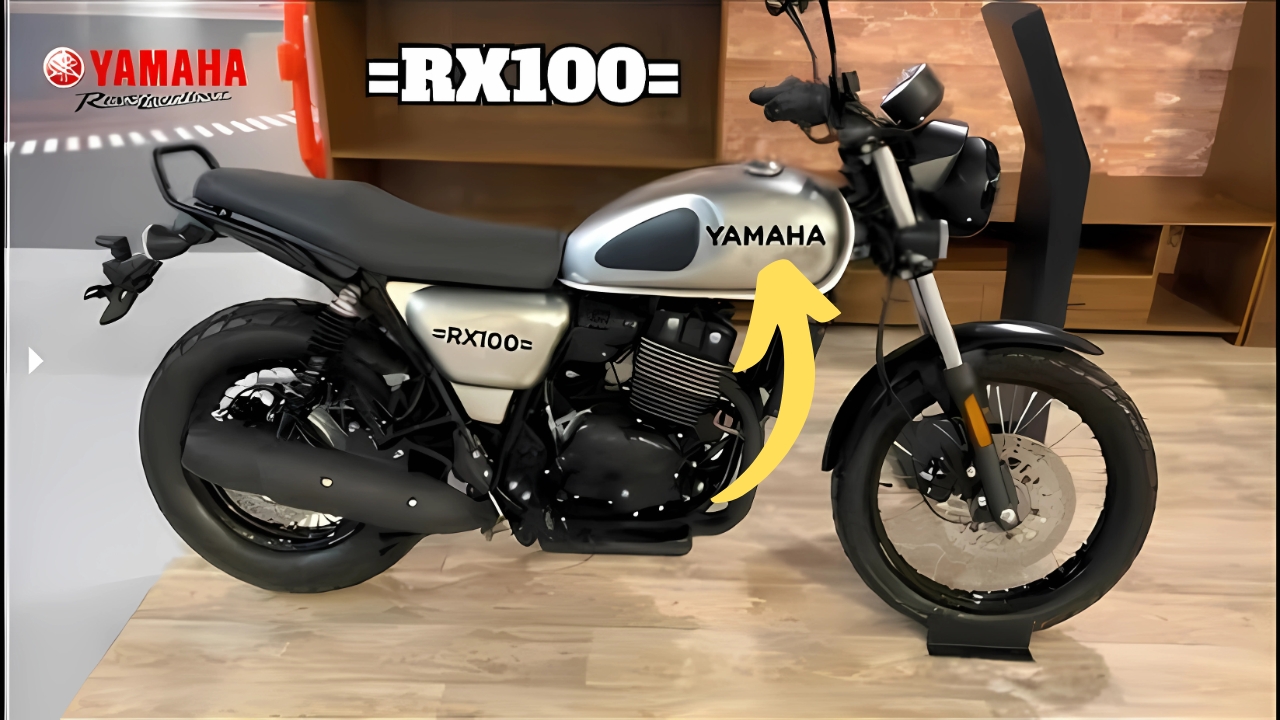The Mahindra Bolero: A Cultural Icon of Rural India
The Mahindra Bolero is an automotive phenomenon that has captured the hearts of millions of Indians, particularly in rural areas. With its boxy, utilitarian design and rugged capability, this vehicle has transcended its status as a mere mode of transportation to become a cultural touchstone. But what explains the enduring popularity of this seemingly anachronistic vehicle in an age of sleek crossovers and tech-laden SUVs? The answer lies in a unique combination of deliberate design decisions, cultural context, and Mahindra’s deep understanding of what their core customers truly value.
A Vehicle Born from Necessity
The Bolero emerged during a transitional moment in India’s automotive landscape. Introduced in 2000, it arrived as the country was beginning to embrace private vehicle ownership beyond urban centers. Mahindra, having established itself primarily as a maker of agricultural equipment and basic utility vehicles, saw an opportunity to create something that bridged the gap between spartan work vehicles and aspirational personal transportation. Arun Jaura, who was part of Mahindra’s engineering team during the Bolero’s development, recalls the original brief: "We needed to create a vehicle that could withstand the harshest conditions rural India could throw at it, while offering enough comfort that owners would feel a sense of pride rather than mere utility."
A Product of Purposeful Design
The Bolero’s architecture is a reflection of its purpose. A body-on-frame construction with rear-wheel drive (four-wheel drive optional) provides a strong foundation for navigating rough terrain. The vehicle’s boxy shape maximizes interior space while minimizing complex curves that would be difficult to repair in rural service centers. High ground clearance, short overhangs, and robust underbody protection make it capable of handling the unpredictable conditions of rural roads.
Evolution and Cultural Significance
While globally many vehicle models undergo dramatic redesigns every 5-7 years, the Bolero has maintained its essential character for over two decades. Updates have been incremental, focusing on engine refinements, interior upgrades, and subtle styling tweaks that respect the vehicle’s established identity. This approach wasn’t due to a lack of resources or innovation, but rather a deep understanding of their customer base. "Bolero owners aren’t looking for the latest styling trends," explains automotive analyst Girish Karkera. "They want reliability, recognizability, and the assurance that the vehicle that served them well yesterday will continue to do so tomorrow."
The Bolero’s cultural impact hasn’t gone unnoticed by filmmakers either. In regional cinema, particularly in northern and western India, the vehicle frequently appears as visual shorthand for rural authority and influence. The village strongman, the prosperous farmer, or the local politician arrives in a dust-covered Bolero, its presence announcing their status before they speak a single line of dialogue.
A Testament to Durability and Practicality
The Bolero’s remarkable commercial longevity—over 1 million units sold, and still among India’s top-selling utility vehicles—stems from Mahindra’s nuanced understanding of rural and semi-urban consumer priorities. "What makes the Bolero exceptional is how perfectly it matches its target users’ hierarchy of needs," observes consumer behavior specialist Priya Sharma. "Urban consumers might prioritize styling, technology, and brand prestige. Bolero buyers primarily value durability, repairability, and total cost of ownership. Mahindra understood this when many competitors didn’t."
The Bolero’s dependability, operational costs, and resale value have created a sense of loyalty among owners, with many passing down their vehicles through generations. The vehicle’s ability to retain its value has also made it an attractive option for small business owners and rural entrepreneurs.
A Legacy that Endures
The Mahindra Bolero’s impact on Indian society goes beyond its commercial success. It has democratized dignified mobility for rural communities, providing a purpose-built vehicle that acknowledges their needs and aspirations. As social anthropologist Deepa Krishnan notes, "When automotive historians look back at India’s vehicular evolution, the Bolero will deserve recognition alongside more glamorous models. While urban India was falling in love with hatchbacks and sedans inspired by global trends, the Bolero was quietly becoming the backbone of rural mobility, enabling economic activity and social connection across some of the country’s most challenging environments."
As the Bolero enters its third decade, its future will likely depend on Mahindra’s ability to adapt the vehicle’s core virtues—durability, simplicity, and practicality—to changing technological and regulatory landscapes. The Bolero’s legacy can be expected to continue unfolding across countless Indian villages and small towns, where dusty, dented Boleros will remain essential tools for daily life, commerce, and community.

